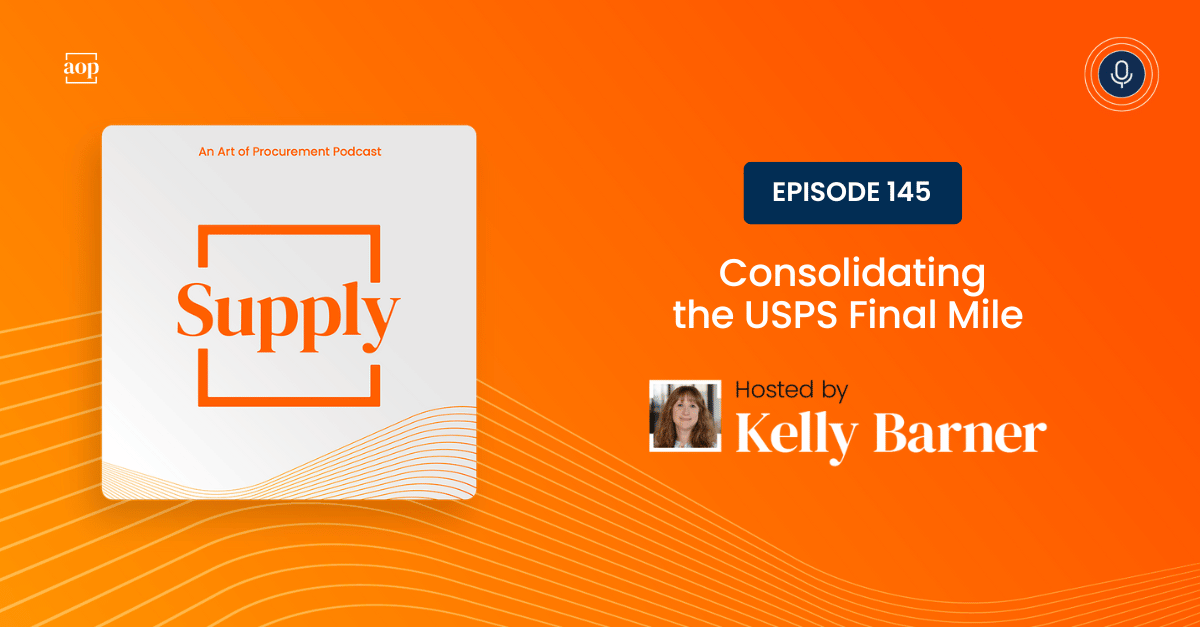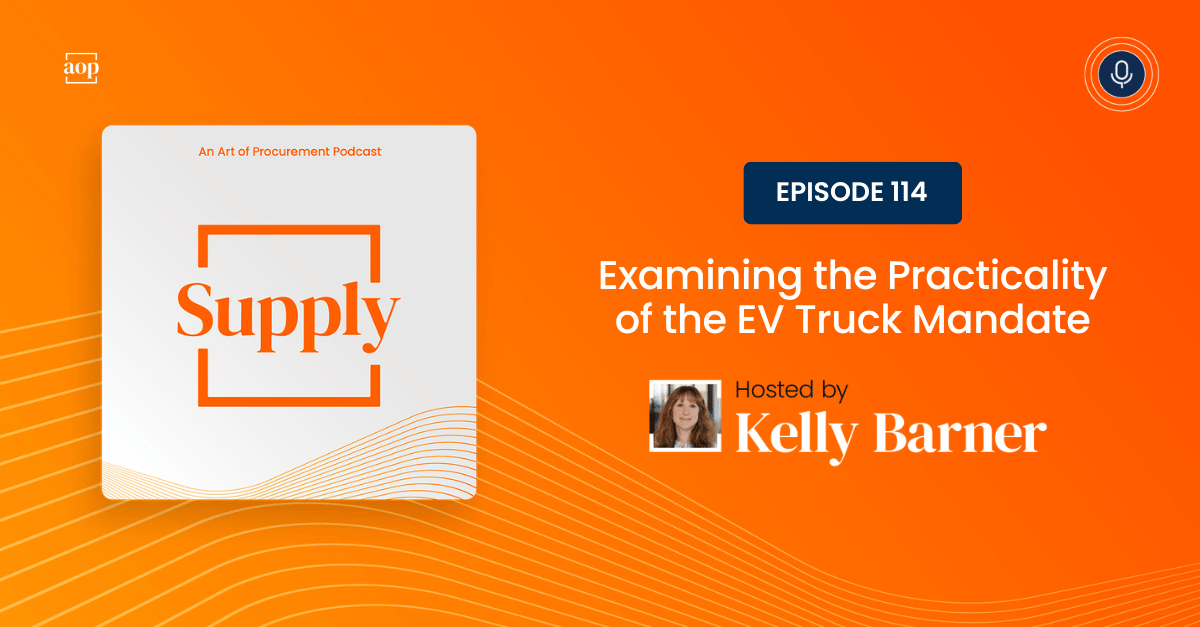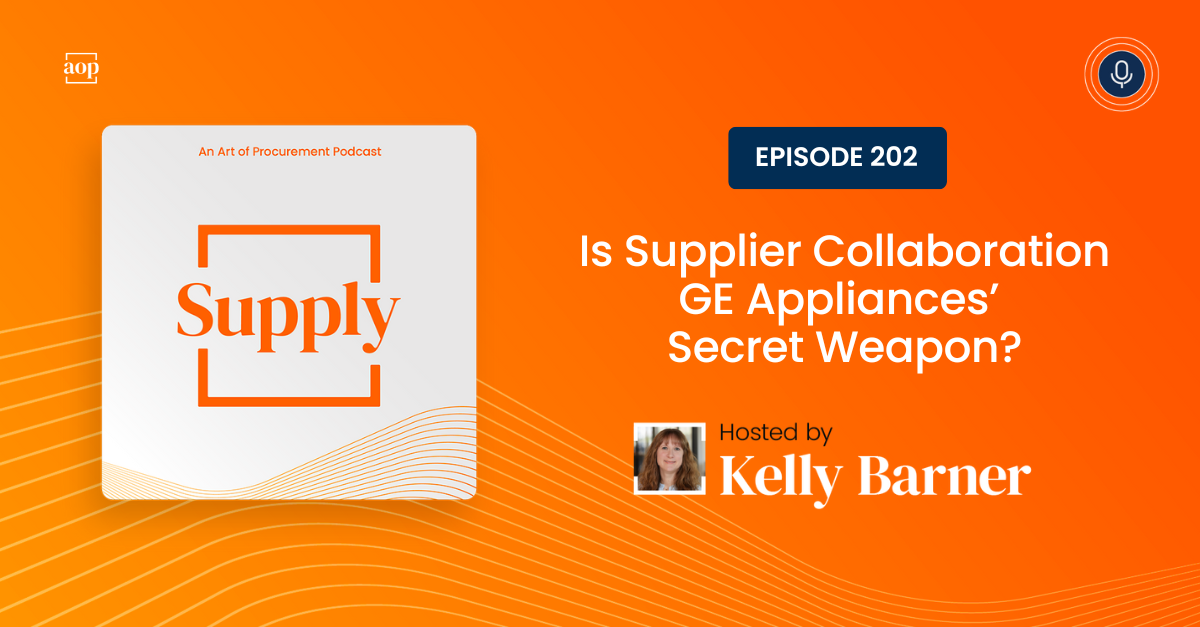
Maybe it is because I grew up watching Mr. Rogers Neighborhood, but there is something about the United States Postal Service that I find charming.
I’ve had some great letter carriers over the years – including Pete who befriended my children when they were little. I enjoy the daily walk down to the mailbox to see what’s inside, and I’m impressed that I can put a stamp on a letter or card and send it anywhere.
All of this belies the complexity of the challenge that faces the USPS – the ultimate final mile service in America – a challenge that has received quite a bit of press thanks to their efforts to transform their operation over the course of a decade.
It is Hard to be the Post Office
According to their own site: “The U.S. Postal Service is the only delivery service that reaches every address in the nation: Nearly 167 million residences, businesses and Post Office Boxes. The Postal Service generally receives no tax dollars for operating expenses and relies on the sale of postage, products and services to fund its operations.”
If the word “generally” seems out of place to you, you’re not alone. The USPS has received a lot of federal funding over the last few years.
In 2021, the USPS acknowledged that they had accepted $8.64 Billion in taxpayer funding to offset COVID-19 era losses. The question, of course, is whether those shortfalls are thanks to the actual pandemic or whether the pandemic was the cover for injecting much needed funds into a deeply indebted agency.
Then, in 2022, the Postal Service Reform Act changed the way the USPS handles the accounting of retirement benefits. For instance, they were allowed to stop pre-funding health benefits for its retirees into the future, instead, switching to a pay as you go plan. That same year, the Inflation Reduction Act gave the USPS $3 Billion to buy EV delivery vehicles and set up charging stations.
It is easy to look critically at the USPS, but it is important to remember the unique space they operate in.
- They MUST offer delivery to every address in America 6 days a week
- They are “generally” reliant upon postage sales and services to cover their costs
- They can’t make significant changes to how they operate without going through a period of public comment and oversight board review
- Nothing can be allowed to impact reliability
So the USPS operates in a more challenging environment than the typical a private firm, without the benefits of guaranteed subsidization.
USPS Transformation Plan: Delivering for America
In a USPS press release about the plan, they write:
“Pursuant to the DFA Plan, the organization is redesigning its outmoded processing network to one that deploys logically sequenced operating plans and schedules, more sortation equipment, and improved operating tactics to increase throughput, gain productivity, and increase asset utilization. It is restructuring its transportation network by shifting volume from air to ground transportation, aggregating volume in fewer facilities, and optimizing routes to use less trips and increase truck utilization. It is also rationalizing its delivery network by consolidating operations from delivery units into centralized Sorting and Delivery Centers in many geographic areas, which provide increased sorting capabilities, support an optimized local transportation network, and facilitate the deployment of its new delivery fleet, including battery electric vehicles.”
In addition to upgrading facilities and equipment, the USPS is looking to make their network more efficient by restructuring their regional and local facilities. By reducing the number of local processing plants, the savings potential is estimated to be between $133 – 177 Million.
One of the sources of their financial struggle is the changing mix of letters and parcels being shipped. The DFA is intended to be more package-centric while still handling letters.
But the transformation wasn’t smooth sailing. Changes in Richmond, VA led to problems. Insufficient transportation planning led to a 700 percent increase in extra trips. Houston and Boston also faced disruptions and delays. Although the centralized facilities were more efficient, they weren’t always optimally located, sometimes requiring mail going from one town to another to cross state lines to be processed. This slowed down the delivery process considerably.
And because even transformational change can’t jeopardize final mile delivery reliability, on May 9, the USPS announced that they would pause the DFA change effort to avoid further disruption. Now we will have to wait until after January 1, 2025 to find out if, how, and when the transformation project will continue.




